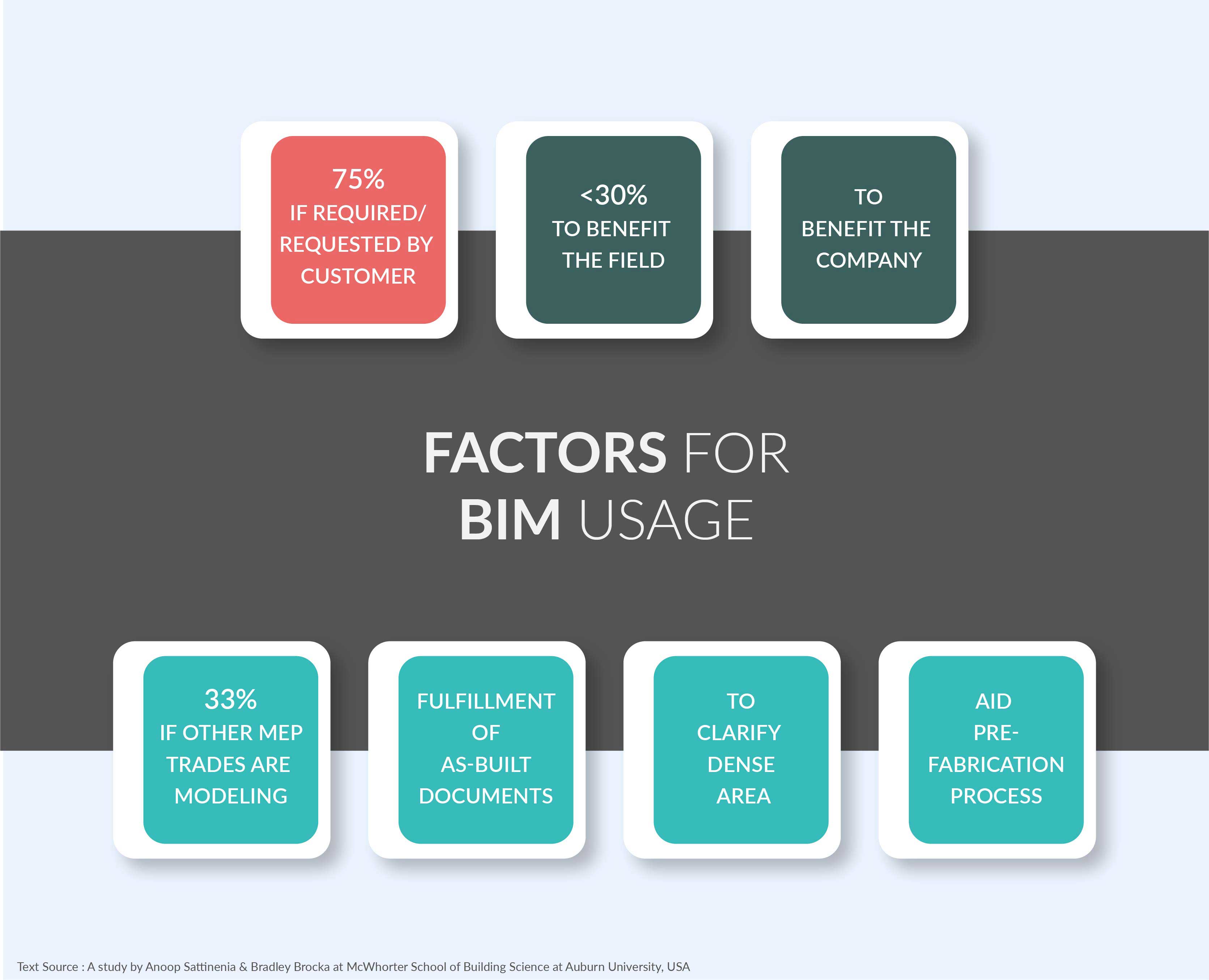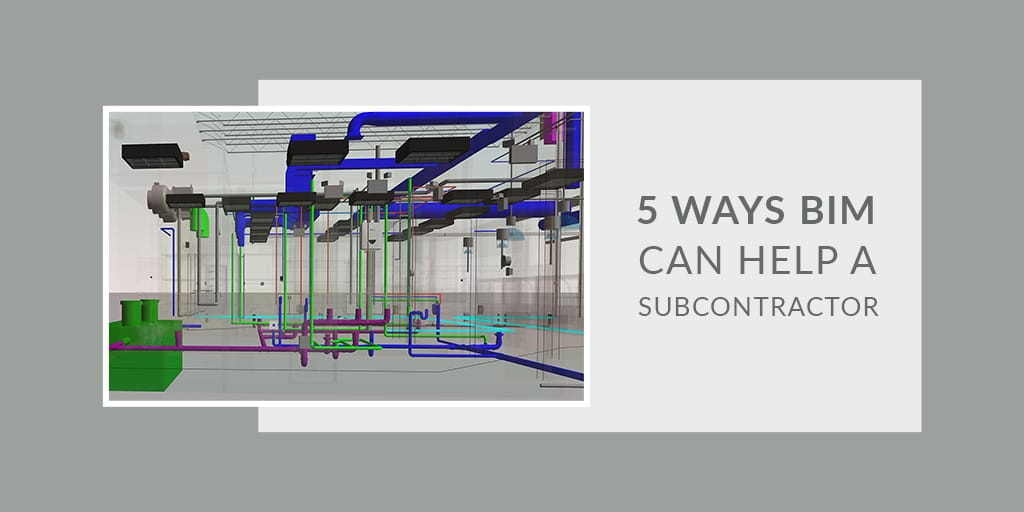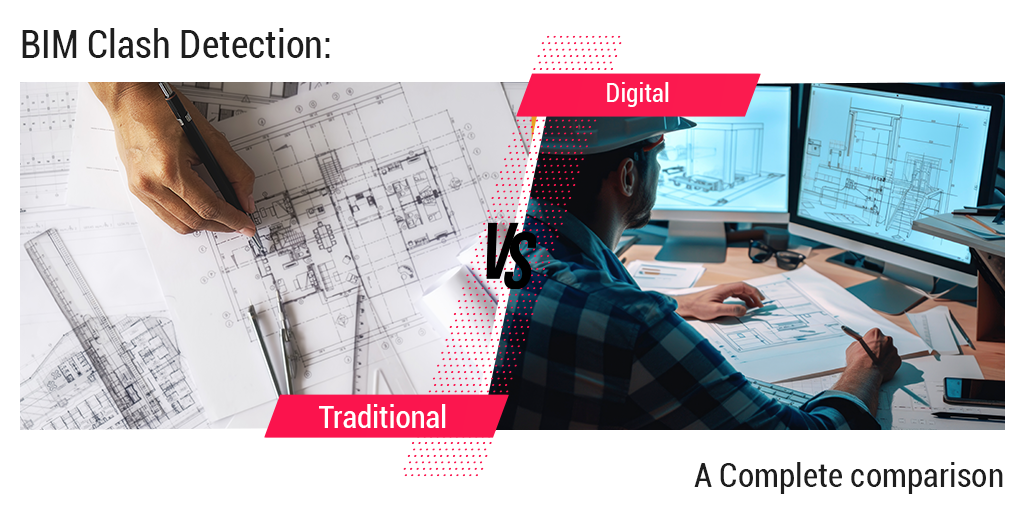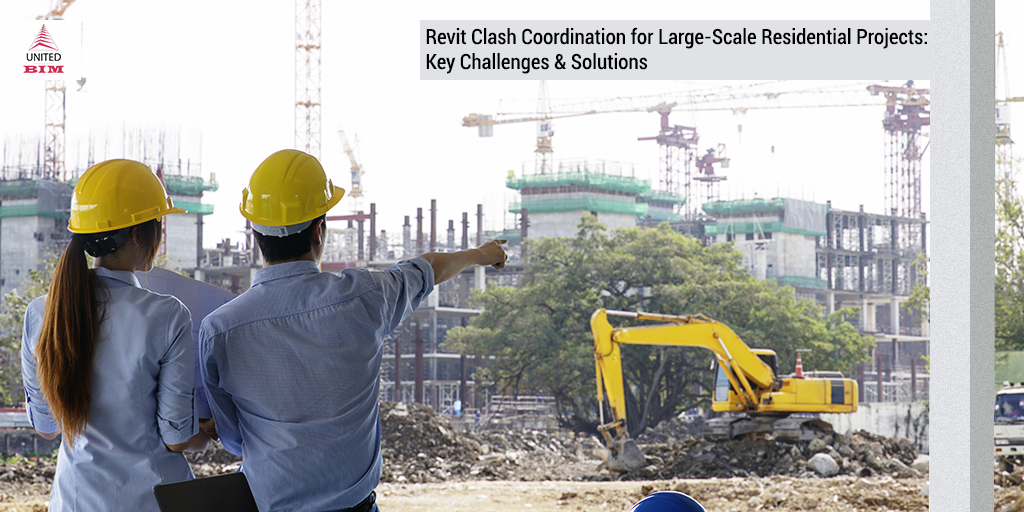Last updated on: February 28, 2025
One of the most valuable additions BIM offers the AEC industry is an opportunity to work together more closely and concurrently than ever before. BIM provides a collaborative approach to deal with any construction project which intends to save time and reduce costs throughout the supply chain. Many architects and general contractors are already able to deliver projects in a BIM environment, which is cascading through the supply chain and starting to impact projects at the subcontractor level.
As a mechanical subcontractor, you are responsible for only a portion of a building’s overall mechanical/HVAC design. You must work with other subcontractors like electrical subcontractors, plumbing subcontractors, fabricators, etc. to ensure the systems integrated, coordinated, and compliant with the designs provided to you.
General contractors who have integrated BIM into their process are now looking for excellence partners in their team, not just vendors. Some subcontractors were happy being smaller parts of larger projects, but BIM has opened new doors for them to act as partners in the project. And it makes total sense.
Subcontractors provide a highly specialized set of services during the execution of larger contracts and construction projects.
These services may vary from plumbing, electrical wiring, roofing, glass installation, pre-fabrication, or even more intricate responsibilities. Their service contracts are laid out as they are brought in, and the general contractor is their only point of contact.
The main reasons why a subcontractor will use BIM. The most common reason is, “because the contract requires it.”

BIM for Mechanical Subcontractor
According to the study, one of the advantages reported by mechanical subcontractors is the ability of BIM to improve the fabrication process. Many mechanical subcontractors are frequent users of offsite fabrication for their systems. According to the study, mechanical subcontractors use BIM to prefabricate reporting that they see improvements in the labor costs, material waste generated, quality of installed work, schedule performance, and avoiding the purchase of extra pipes and fittings.
By using BIM, mechanical subcontractors have also been able to leverage the technology to conduct more analysis on their projects:
- Using BIM for shop drawings and spatial coordination
- Using BIM for constructability evaluation.

Don’t have the time to read the whole blog, no worries you can download it and read it at your convenient time.
BIM for Electrical Subcontractor
The utilization of BIM in the electrical subcontractor network has been expanding in recent years. The act of utilizing BIM for this sector changes in many ways as compared to the design profession or the use of BIM by general contractors. There is an uncertainty of existing data in regards to BIM use related to capital cost and time.
For projects requiring BIM technique, additional time is devoted to making the model and shop drawings rather than a 2D drawing technique without parametric information inserted into it. In the BIM case, all the subtleties had been thought of while modeling. So time putting into the model is efficiently diminishing the measure of time required for fabrication and installation. Two principle factors that are time escalated, however outside the ability to control the electrical contractor, are the necessary level of development (LOD) and the overall area to be modeled.
BIM can be useful for visualization, prefabrication, clash detection, and on-site installation. An electrical subcontractor’s usage level of BIM relies upon its organizational structure, level of prefabrication, project complexity, and regular contractual obligations.
BIM for Plumbing Subcontractor
BIM is already the industry standard for plumbing subcontractors, as more and more occupations include a 3D model and some level of collaboration during the design stage.
If your organization is one of the few who still holding back from a BIM-first approach to detailing, now is the time to make the cultural change internally to embrace this technology and its accompanying workflows. BIM is not the eventual fate of development; it is the present. Battling progress at this point is just ensuring you’re going to be left behind.
BIM solutions have gone far beyond just the design phase and a resulting 3D model. An advanced level of BIM adoption is opening more options to projects like take-off, estimating, fabrication, on-site project and asset management, and much more.
So, even if you’ve already invested sufficiently to handle detailing in 3D, embracing BIM goes much further than that. Progressive plumbing subcontractors who want to stand out must get the very most out of this technology and offer its full value to both GC’s and fellow subs on every job.
5 Ways BIM Can Help a Subcontractor
The common issues that most subcontractors face are delays in cash-flow, ambiguity with service levels, resource loss, and vulnerability to change orders. With BIM for subcontractors, they can get greater control of these variables:
1. BIM Makes Your Services Marketable.
The market for BIM will touch over $15 billion by 2027, from $5.2 billion in 2019. It means that more and more clients, general contractors, consultants, lenders, and owners are making most out of BIM into their process.
General contractors have to be the early adopters since BIM helps them with presenting, managing, executing, and handing over the project. Now, most subcontractors are dependent on word of mouth to get their next assignment. But for subcontractors, BIM will be an integral part of the puzzle and any major construction project.
BIM provides an advantage of differentiation, and many subcontractors have this advantage in their services. The subcontractors who have a niche set of specialization for their services can stay relevant without BIM for a while. But the ones who want to grow with the market should have BIM capabilities. Thus, by becoming a part of the early wave of adoption, you are communicating to general contractors and clients that you can institutionalize your process and deliver the standard of quality they are seeking.
Related Blog: The Ultimate Guide to Getting Started with BIM
2. BIM Allows You to Understand Your Deliverable in the Context of the Larger Project.
The biggest hurdle in the growth of a subcontractor’s business is the skill and expertise in one set of services. Usually, general contractors hire subcontractors for a specific set of services that are required to execute the project. As soon as subcontractors finish their tasks, they move on to the next project, and the proprietor starts focusing on collecting the payments. This repetitive process helps these subcontractors create a recognized position in their particular field.
The services offered by these subcontractors from just one to several escalates their growth. Becoming a part of the BIM team makes you responsible for providing specific data, feedback, and deliverables based on the model. This stage is where one gets to see – how will their work get utilized in the larger scheme of things. A subcontractor who wants to grow will be able to sense how to mold their services to aid the project’s development speed. This quality will make them a partner in the project, and not just an individual who offers specific services ordered by the general contractors.
3. BIM Empowers You to Raise Red Flags in Time.
As soon as you are a partner in the process, you can start looking at how the on-site project flow. BIM helps you visualize this with all the information in one place – Common Data Environment. You can analyze the design and structure that will impact your work. It will help in planning for the resources you will need or to partner with specialized suppliers. But more than that – it allows you to evaluate the work of other teams, which may impact your output quality.
Many subcontractors complain about being eliminated from the project for someone else’s mistake, which flowed into their work. They seldom have a moat to protect their interests because they are often considered vendors in a large project. With BIM for subcontractors, you will be able to assess the work that serves as a platform for your work. If you see any red flags, you can point them out before anyone sets foot on the site.
It helps you save resources, reduces change orders, and adds significance to your role in the development team.
4. BIM Helps You Optimize Your Resource Allocation to the Project.
After pointing out the red flags and getting them fixed, the only issue you will be worried about is the change orders. SPVs, lenders, owners, and even general contractors have turnkey contracts protecting their interests if something goes off. As a smaller subcontractor, you may not have the exact term in the contract.
The issue with change orders is their slow communication, and no one wants to accept who was responsible for it. The root-cause analysis takes time. Then, everyone submits a revised schedule on which the general contractor goes back and forth. And before you know – you have already lost valuable resources & labor hours. Subcontractors are often working on thinner margins, and any blow to the change orders can cause a trickle-down effect that eats up their margins.
As a subcontractor, using BIM will protect you from such issues. BIM provides a platform to share common data between the team. Whenever you are having problems, the team will get to know about it. Not just this, attributing the issue to the due party is also unworried with BIM. But more than that – BIM gives you updates on time and helps you organize your resources to meet the schedule. Whether that is temporary engagement with other work or withdrawal from other projects – you will get enough time to decide.
5. BIM Gives You Strategic Insights.
Finally, as you deliver on your mandated duties, you will get to pick up strategic insights about the project. You will get to partner with subcontractors with bigger invoice sizes and see their processes. Not just this, since you know how your contribution helps the project, you will get to know what complementary and supplementary services you should start offering now onward that will provide incremental topline growth at nominal costs. BIM lends you a direction that you can use to add new offerings in your portfolio and become a key player in the market.
Conclusion
It is not entirely impossible to work without BIM for subcontractors in the construction and infrastructure development industry. But as you keep proceeding without BIM capabilities, you will see competition mounting up. Younger players will be able to get better returns with relatively minuscule investments in technology, processes, and training. Hence, in the long run, there is only an upside to integrating BIM into your services and processes.
About the Author

Nirav Shah is a seasoned marketing leader with over 20 years of global B2B experience across the high-tech, IT, and AEC industries. He specializes in project management, digital marketing, brand positioning, and sales enablement. Until March 2024, Nirav led marketing initiatives aimed at delivering client-centric solutions while driving operational excellence. Known for his disciplined execution and ability to build and motivate high-performing teams, Nirav is a lifelong learner, dedicated to continuous improvement.








